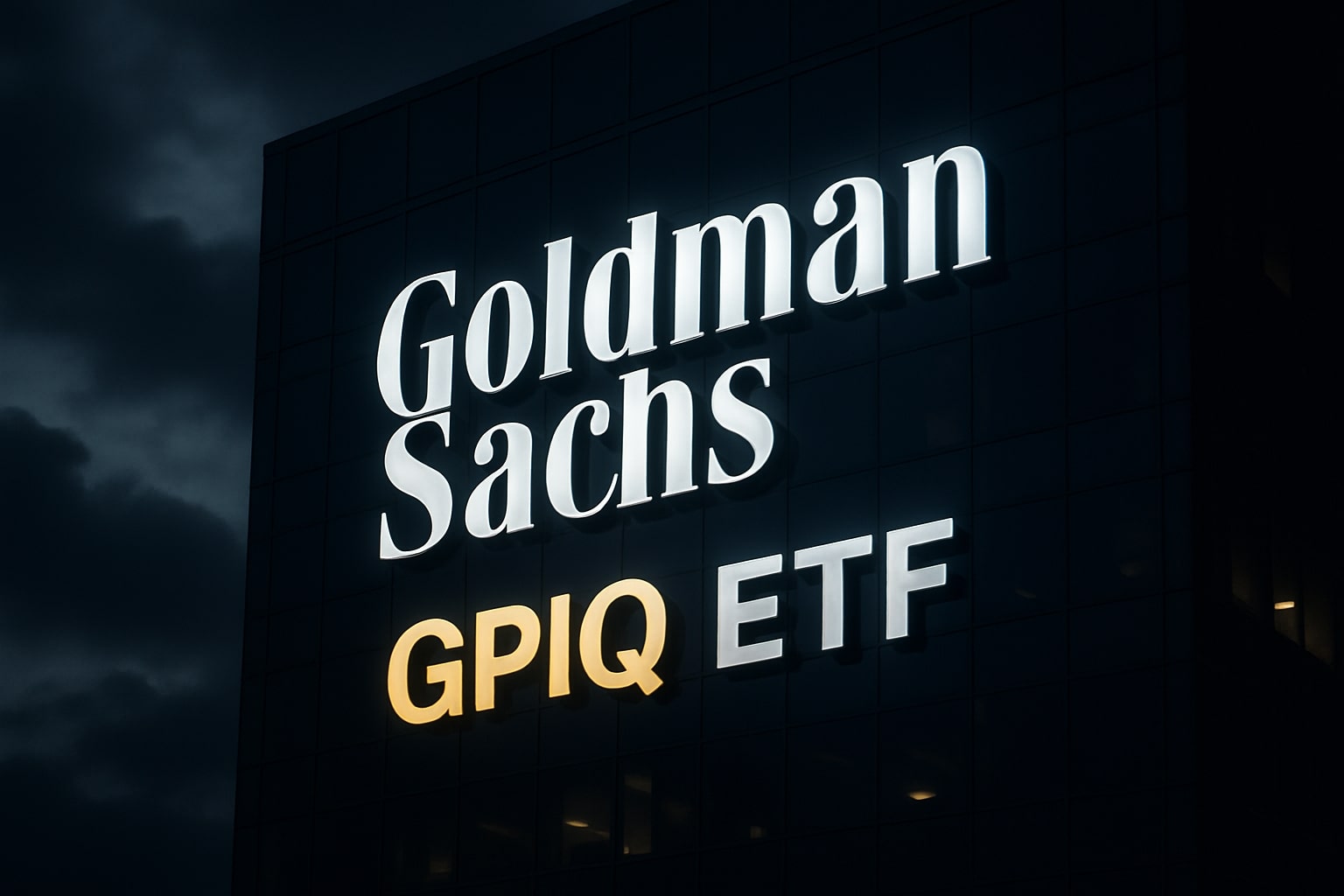
Stock Market Today - Dow 47,427 and Nasdaq 23,214 — Fed Cut Bets Power DELL, HOOD, and URBN in Holiday Rally
U.S. markets surged as the Dow, S&P 500, and Nasdaq hit new highs, driven by AI hardware gains from Dell (NYSE: DELL), FinTech expansion by Robinhood (NASDAQ: HOOD), and retail strength from Urban Outfitters (NASDAQ: URBN) | That's TradingNEWS
Stock Market Today - Wall Street Extends Thanksgiving Rally as Fed Cut Bets Ignite AI, Retail, and FinTech Stocks
U.S. equities delivered a decisive rally heading into Thanksgiving, driven by renewed confidence in a December rate cut and strong corporate earnings across key sectors. The Dow Jones Industrial Average advanced 314.67 points (+0.67%) to 47,427.12, the S&P 500 gained 0.69% to 6,812.61, and the Nasdaq Composite rose 0.82% to 23,214.69. The Russell 2000 added 0.8%, signaling a broadening rally that now includes small caps.
The week marked the fourth consecutive daily gain for all three major indexes, and the best Thanksgiving stretch since June. For the week, the S&P 500 gained 3.2%, the Dow 2.6%, and the Nasdaq 4.2%, led by tech and consumer discretionary sectors. Treasury yields fell sharply, with the 10-year yield dropping below 4%, while the U.S. Dollar Index weakened to 99.58, reflecting global investors rotating toward risk assets.
Investor sentiment strengthened after initial jobless claims fell to 216,000, the lowest reading since April, signaling continued labor-market resilience without reigniting inflationary concerns. Fed funds futures now assign an 85% probability of a 25-basis-point rate cut in December, according to CME data. Liquidity remains thin ahead of the long weekend, but trading desks report consistent risk-on positioning into year-end.
AI Hardware Dominates as Dell and Broadcom Lead While HP Cuts Deep
AI infrastructure plays dominated the session as investors rewarded companies delivering tangible, earnings-backed growth from artificial intelligence build-outs.
Dell Technologies (NYSE: DELL) jumped 6% after the company raised full-year revenue guidance to $111.2–$112.2 billion from $105–$109 billion, and boosted adjusted EPS to $9.92 from $9.55. The company revealed $12.3 billion in AI-server orders this fiscal year and expects total AI-related demand to exceed $30 billion in 2025. Management emphasized accelerating enterprise orders, confirming that AI servers now represent Dell’s fastest-growing segment.
Broadcom (NASDAQ: AVGO) gained 3.3% following an upgraded $435 price target from Goldman Sachs, which forecasted a 100% year-over-year increase in AI chip revenue next fiscal year. Analysts cited Broadcom’s deepening relationship with Alphabet (NASDAQ: GOOGL) as a major tailwind, with Google now incorporating Broadcom’s AI networking chips into its TPU clusters. Alphabet stock continued its ascent, logging its 13th all-time high in November and accumulating 24% gains month-to-date, up 92% in six months.
In contrast, HP Inc. (NYSE: HPQ) dropped 1.5% after announcing a restructuring that will cut 4,000–6,000 jobs, or roughly 10% of its workforce, to achieve $1 billion in cost savings through 2028. CEO Enrique Lores said the move aligns with HP’s strategy to “embed AI functionality across the entire product portfolio,” but the market penalized near-term earnings guidance. Despite long-term strategic alignment with AI hardware, investors viewed the layoffs as a sign of slowing traditional PC demand.
Nvidia, AMD, and Oracle Benefit From Renewed AI Confidence
Nvidia (NASDAQ: NVDA) edged higher by 1.4% after Tuesday’s brief dip on reports that Meta Platforms (NASDAQ: META) could transition part of its training workloads to Google’s TPU chips. The market viewed the reaction as overdone, as Nvidia remains the central supplier of enterprise GPUs.
Advanced Micro Devices (NASDAQ: AMD) gained 3.9% on optimism surrounding its MI300X AI processor ramp, which is being integrated into data centers across hyperscale clients. Analysts see AMD’s server segment expanding 35% next year.
Oracle (NYSE: ORCL) climbed 4% after Deutsche Bank reaffirmed its bullish outlook with a $375 price target, citing the company’s AI cloud deployment and resilient recurring revenue base. Oracle’s partnership with Nvidia on AI infrastructure-as-a-service remains a significant profit lever heading into 2026.
Retail and FinTech Outperform Ahead of Holiday Spending Wave
Consumer and financial-technology stocks surged as holiday spending forecasts improved. Robinhood Markets (NASDAQ: HOOD) rallied 11%, leading the S&P 500, after announcing the creation of a derivatives and futures exchange through a joint venture with Susquehanna International Group, which includes a 90% stake in MIAXdx, a CFTC-cleared entity. The move marks Robinhood’s formal entry into institutional and prediction markets. CEO Vlad Tenev said trading volumes in derivatives have “doubled every quarter,” underscoring structural diversification beyond retail brokerage.
Urban Outfitters (NASDAQ: URBN) soared 13% following Q3 earnings of $1.28 per share on $1.53 billion revenue, beating consensus of $1.20 and $1.47 billion, respectively. The company reported strong performance across Anthropologie and Free People brands, alongside continued digital growth. The results suggest sustained consumer demand despite macro headwinds, fueling optimism for record Black Friday sales.
These performances indicate a broader rotation toward companies with proven profitability and revenue visibility — from hardware to retail to FinTech — as investors prioritize execution over speculative growth.
Macro Outlook and Sector Rotation Support the Rally
Economic data reinforced the “soft landing” scenario, with inflation moderating and unemployment stable. The probability of a December rate cut has accelerated fund inflows into equities, particularly in rate-sensitive segments such as technology and consumer discretionary.
Institutional flow data show continued de-risking from overvalued AI software names toward tangible AI hardware and cyclical sectors. Hedge funds are rebuilding exposure to infrastructure and industrial technology plays, emphasizing operational cash flow stability. Retail, supported by solid wage data and savings rates, has emerged as a core beneficiary of macro stabilization.
Analysts project U.S. holiday retail sales to grow 3–4% year-over-year, adding approximately $33 billion in incremental spending to the economy. Combined with easing credit conditions, this sets a favorable tone for Q4 earnings season and potential upside revisions for both consumer and tech sectors.
Read More
-
Robinhood Stock Price Forecast - HOOD Shares Rockets Past $128 After 270% Profit Jump
27.11.2025 · TradingNEWS ArchiveStocks
-
XRP Price Forecast - XRP-USD Climbs to $2.21 as XRP ETF Demand Surges and UAE Greenlights RLUSD Stablecoin
27.11.2025 · TradingNEWS ArchiveCrypto
-
Oil Price Forecast - Oil Markets Slide: WTI (CL=F) Near $58, Brent (BZ=F) at $62 Amid OPEC+ Output Expansion
27.11.2025 · TradingNEWS ArchiveCommodities
-
GPIQ ETF (NYSEARCA:GPIQ) Hits $52.97 as 9.8% Yield and $2.21B AUM Cement Its Lead in Covered-Call Income ETFs
26.11.2025 · TradingNEWS ArchiveMarkets
-
GBP/USD Price Forecast - Pound Holds Above 1.32 as Fed Rate Cut Bets and U.K. £22B Fiscal Cushion Lift the Pound
27.11.2025 · TradingNEWS ArchiveForex
Valuation Metrics and Technical Positioning Indicate Strength
The S&P 500 forward P/E ratio has climbed to 21.8x, near its early-2021 high but underpinned by broader participation. Over 76% of S&P 500 components now trade above their 50-day moving averages, signaling durable upward breadth.
The Nasdaq Composite faces resistance around 23,300, with technical support near 22,650. A breakout above that level could invite algorithmic momentum buying into December.
Volatility has collapsed — the VIX index trades between 11–12, its lowest reading in 18 months — indicating complacency but also investor confidence in policy easing. The Dow Jones remains above its 50- and 200-day moving averages, confirming a sustained bull trend across major benchmarks.
Investment Ratings and Market Bias
Strong Buy / Hold:
DELL (+6%) — AI-server demand surge and guidance upgrades point to sustained earnings acceleration.
HOOD (+11%) — Expansion into derivatives diversifies income streams and positions it in institutional trading.
URBN (+13%) — Superior execution, margin expansion, and favorable seasonal tailwinds drive continued upside.
Cautious Hold:
HPQ (–1.5%) — Cost restructuring overshadows long-term AI integration; near-term earnings risk persists.
ZS (–10%) — Growth remains solid, but margin compression and GAAP losses signal operational inefficiency.
Final Takeaway
Thanksgiving week solidified the transition from speculative hype to results-based optimism. AI hardware, retail, and FinTech sectors are driving U.S. equities higher, supported by falling yields and imminent monetary easing. The rally is no longer concentrated in mega-cap names — participation now extends across sectors, suggesting healthier market breadth.
With the Dow near 47,400, the S&P 500 approaching 6,820, and Fed policy on the verge of shifting, the setup for December is bullish. If the Federal Reserve confirms a rate cut at its next meeting, it could trigger the strongest year-end melt-up since 2020, powered by real earnings momentum rather than speculative sentiment.


















